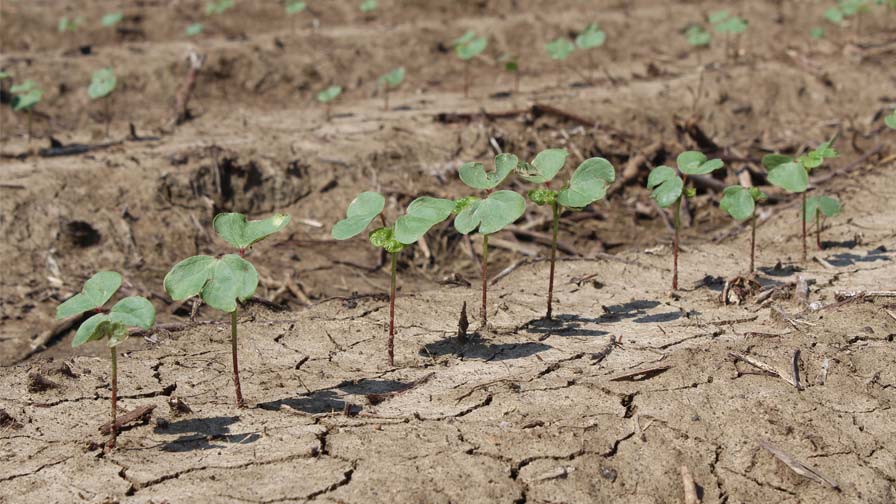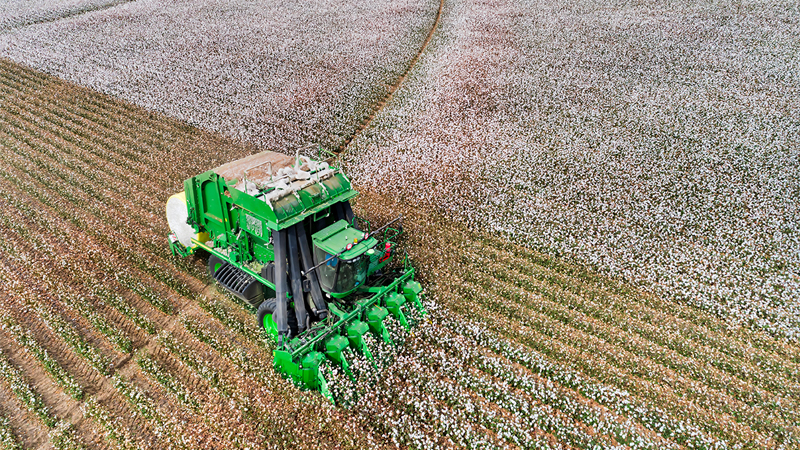USDA: Cotton Acreage Lowest Since 1983
By Becky Bohrer
Associated Press
U.S. farmers planted their fewest cotton acres since 1983 — just over 9 million — amid a continued swapping of acres for better priced and less-costly-to-produce crops such as corn and soybeans.
The U.S. Department of Agriculture also reported Tuesday that acreage planted in cotton in Mississippi and Louisiana was the lowest on record at 270,000 and 240,000 acres, respectively.
Nationally, acreage was down from nearly 9.5 million acres in 2008.
“It’s pretty easily explained in that cotton is probably the most expensive crop to grow (in Louisiana), and … the price is just in the tank,” said Sammye Crawford, deputy director of the state’s branch of USDA’s National Agricultural Statistics Service.
Jess Barr, executive vice president of the Louisiana Cotton Producers Association, said several gins in the state have shut down in the last few years, and he expects a few more won’t operate this fall. Cotton acres have been in freefall in Louisiana since 2006, when farmers planted 635,000 acres.
Some of the loss in acres this year likely went into corn. USDA estimates 700,000 acres planted in Louisiana, up from 520,000 last year. But the recent hot, dry spell has taken a toll on that crop; the percentage of corn rated in poor or very poor condition nearly doubled in one week, reaching 19 percent as of Sunday. How much of the crop gets harvested remains to be seen.
The full toll of the abnormally dry and drought conditions also isn’t clear yet in Texas, which accounts for more than half the country’s total cotton acres. Acreage in the state was down slightly this year, to about 4.9 million.
USDA is forecasting increased cotton acreage in several states, including Arizona, Tennessee and Georgia.
David Ruppenicker, executive vice president of the Southern Cotton Growers, said cotton and peanuts are often grown in rotation in Georgia. Peanut acreage in that state is down 33 percent this year, which he attributed to the salmonella scare of several months ago and a carryover supply from last year.
Global financial woes have made consumers more cautious in their spending. But Gary Adams, chief economist for the National Cotton Council, said a “fairly substantial drawdown” of bales on hand domestically over the marketing year could be a sign that the outlook for cotton is improving.








